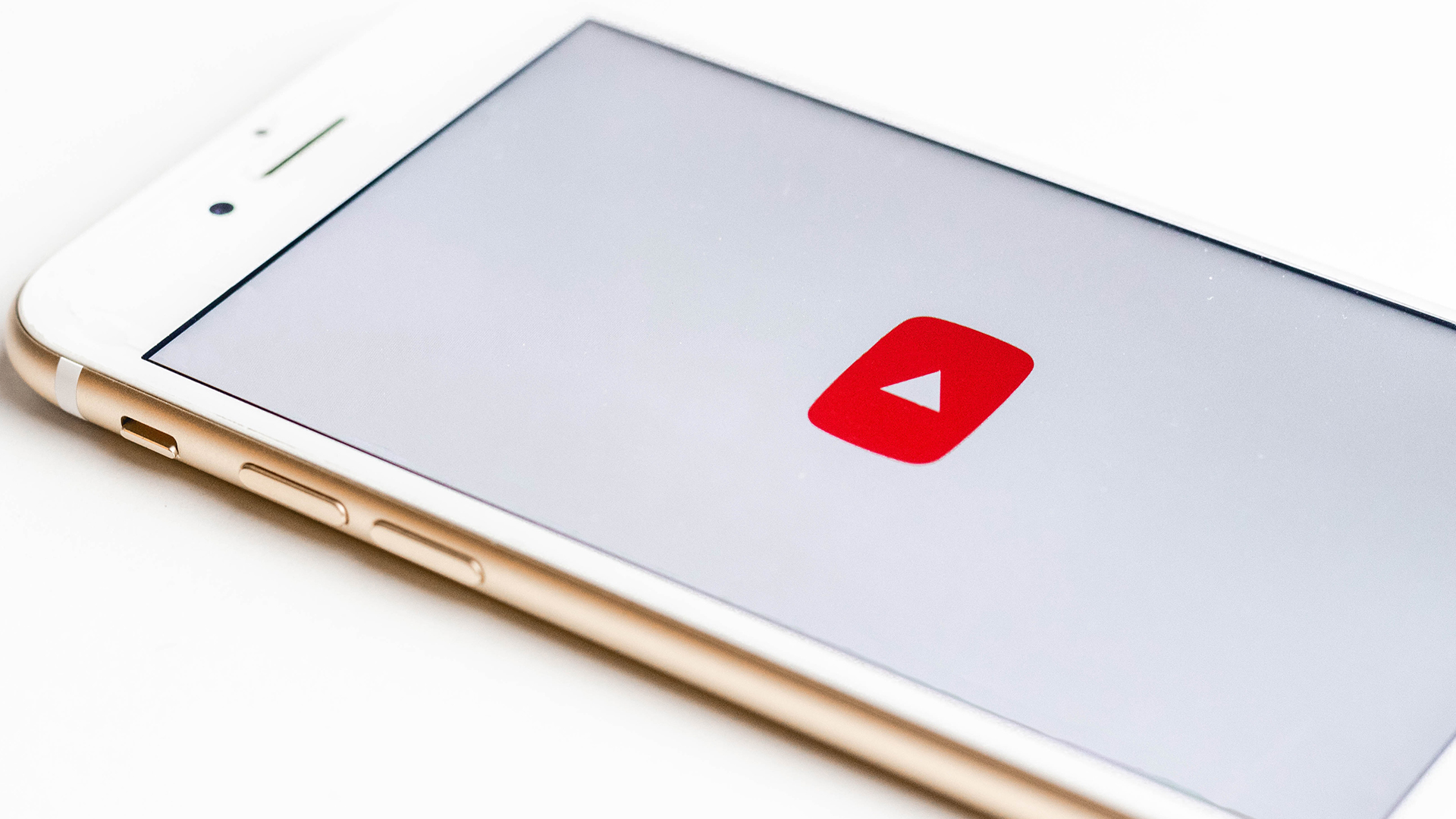- YouTube Premium has surged in users since reaching the 50 million subs milestone last year in September.
- Now the company is reporting 80 million paid subscribers across its YouTube Premium and YouTube Music services.
- YouTube says it is focusing its strategy on charming both viewers and creators through new features like YouTube Shorts, which manages 30 billion views every day.
Last year in September we reported that YouTube Premium, its ad-free paid subscription service that also includes YouTube Music, crossed 50 million customers and noted the impressive gains made by the Googled-owned internet staple.
Now in an apparent growth surge, the YouTube Premium service numbers its paid subscribers at 80 million people. Marking a 30 million subscriber growth in just over a year. These paid subscribers are counted among its YouTube Premium and YouTube Music platforms, which are interconnected.
In 2021, YouTube attributed some of its rapid growth to the service resonating in emerging markets.
“The unique offerings of YouTube Music and Premium are resonating in established and emerging music markets alike. We’re seeing impressive growth in countries like Korea, India, Japan, Russia and Brazil where music is a top passion,” said global head of music at YouTube, Lyor Cohen, at the time.
YouTube Premium launched in 2018 and was initially maligned by frequenters of the free video streaming service. Memes emerged about how no one in their right mind would pay for an ad-free YouTube when adblockers were already free.
To combat this sentiment, YouTube added the ability to download videos and then added access to YouTube Music, YouTube’s Spotify-like music streaming platform that emerged after years of controversy around the fact that most people online listen to music on YouTube and yet artists and record labels were being paid very little by YouTube for all the streams.
“We’ve been building YouTube Music and Premium for the last seven years. Anchored on this core set of features — being ad-free, having the ability to keep the videos or audio running when you’re in another app or on mobile, and the ability to access it if, for example, you get on a plane and forgot to download the videos or audio you want,” Adam Smith, YouTube VP of product told Variety.
“The goal is to allow people to have YouTube with them wherever they are, and we have a whole team of music industry experts, product managers and engineers building that what we believe is a best-in-class music experience.”
While Spotify is still the undisputed champion of music streaming with 195 million paid subscribers as of 2022, it only managed to grow 30 million subscribers since 2021, mirroring YouTube Premium’s own growth during a similar time period.
Getting “Spotify numbers” will definitely be making the execs at YouTube jump up and down with joy.
The unique strategy of YouTube Premium is to aim at charming both viewers or listeners and artists. It wants to be a good partner for artists and labels, with Cohen telling Variety that the company has paid more than $50 billion to creators, artists and media companies over the past three years.
To the music industry alone, YouTube says it has paid $6 billion between July 2021 and June 2022. It wants to attract more creators to produce more content and in turn attract more subscribers. It’s a solid model and it seems like its working.
Its latest feature to help creators and labels promote their music, YouTube Shorts – basically the company’s answer to TikTok – is now reportedly amassing a staggering 30 billion daily views.
Last year we concluded that it would not take long for YouTube Premium to reach 100 million subscribers on account of its 60 percent year-on-year growth rate at the time. At the rate it’s going currently, it will probably reach the milestone within the first few months of 2023.
[Image – Sara Kurfeß on Unsplash]
[Source – Variety]

